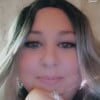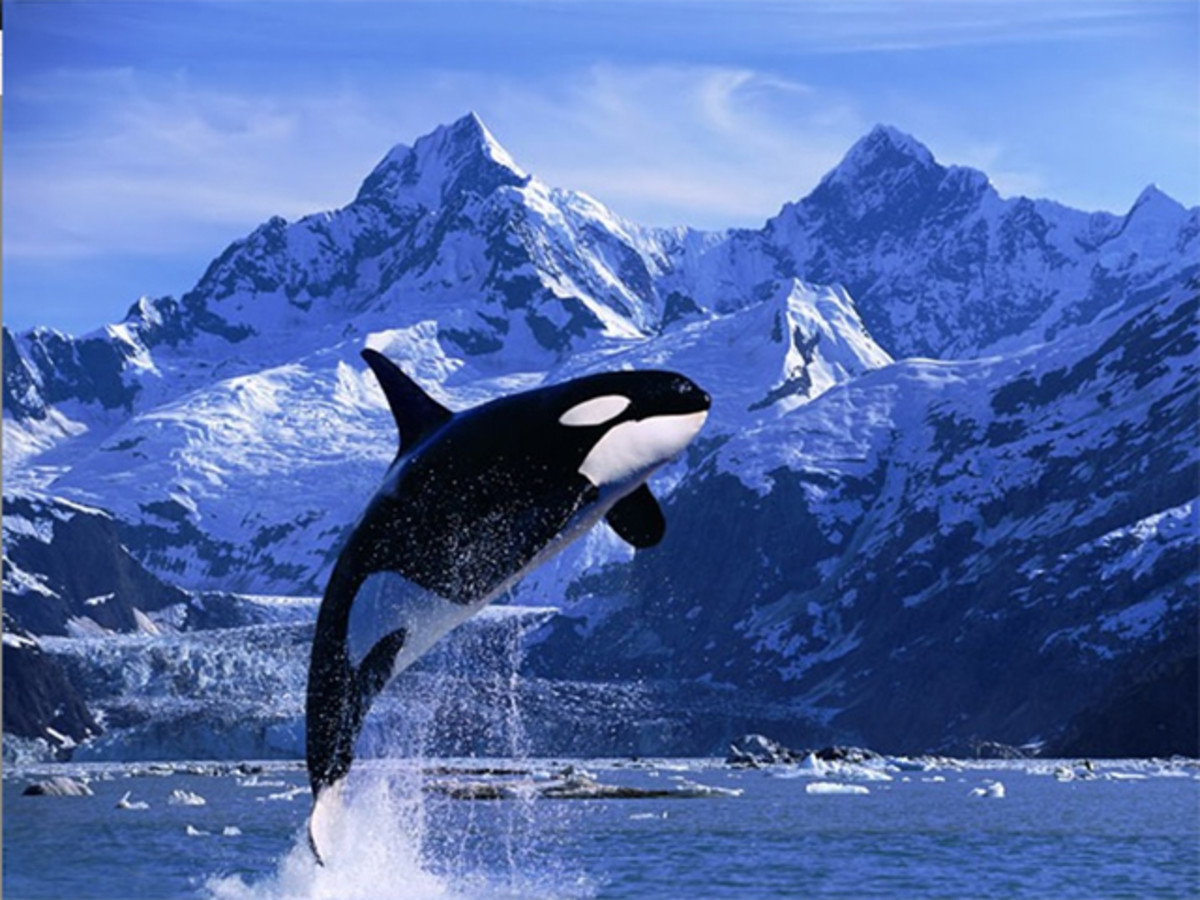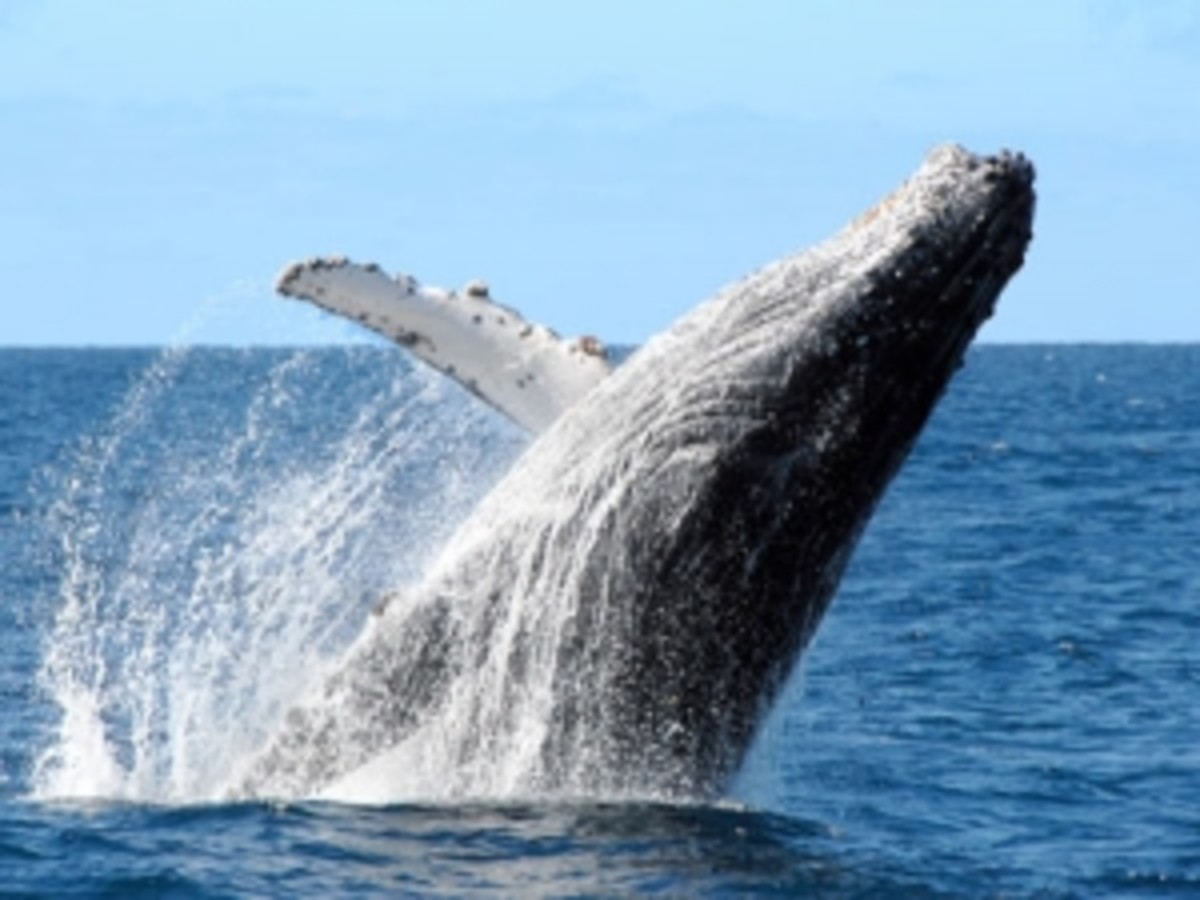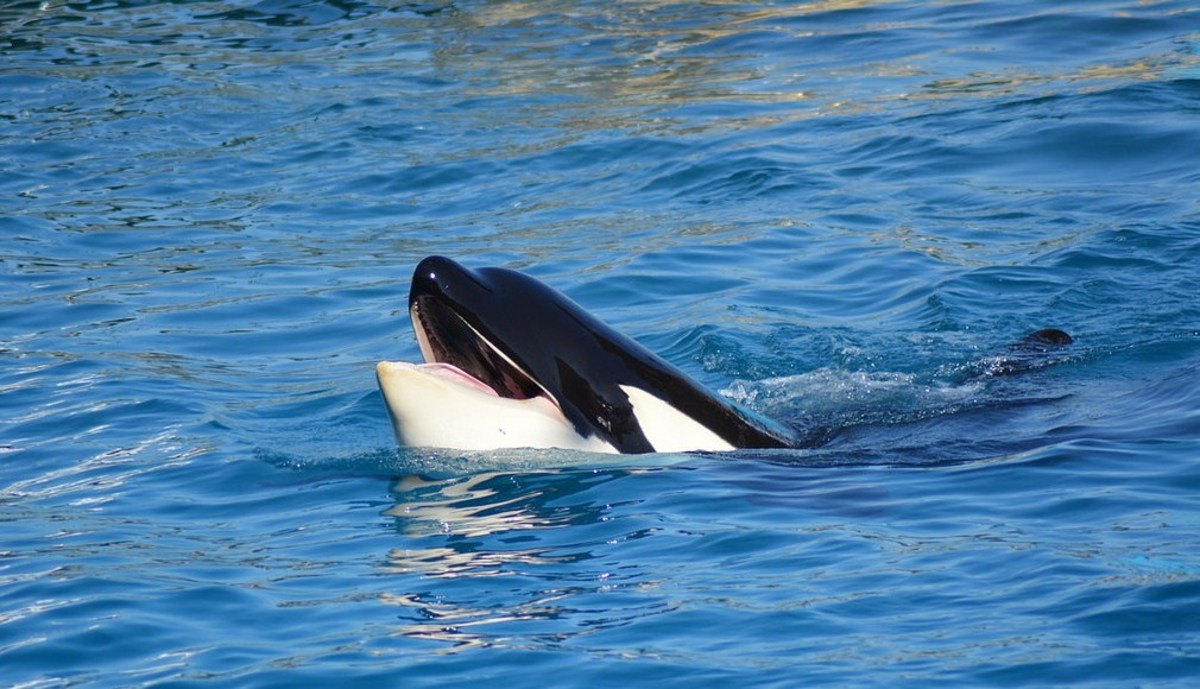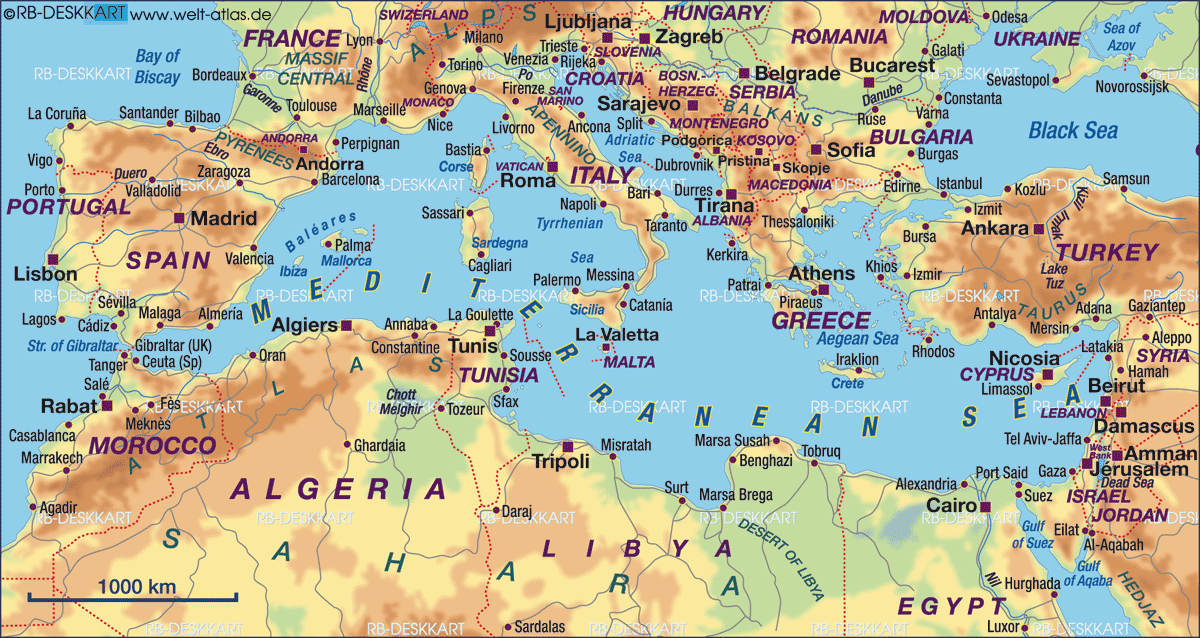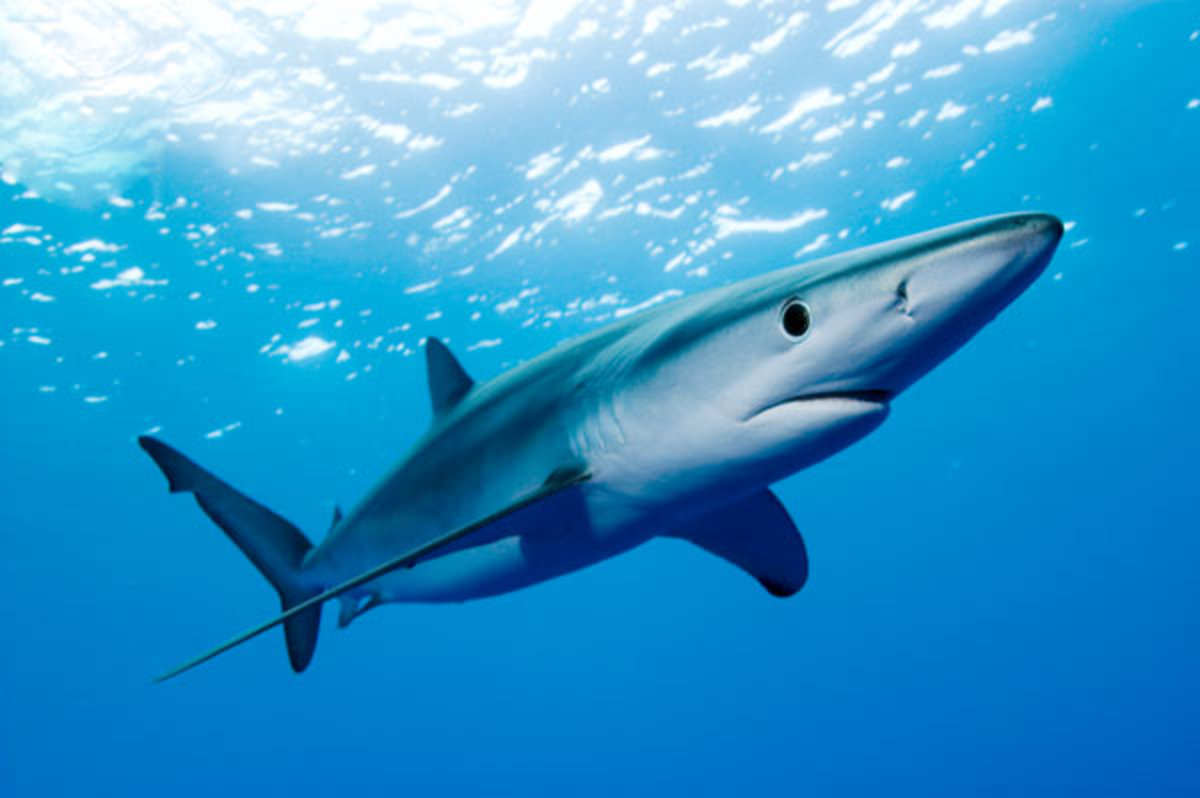- HubPages»
- Education and Science»
- Life Sciences»
- Marine Biology»
- Marine Life
Marine Mammal Facts: Killer Whales

Fast Facts about Killer Whales
Scientific Classification
Scientific Name (Binomial Name): Orcinus orca
Kingdom: Animalia
Phylum: Chordata
Class: Mammalia
Order: Cetacea
Suborder: Odontoceti
Family: Delphinidae
Genus: Orcinus
Species: O. orca
Other Facts
Size: 16 to 32 ft (5 to 9.7 m)
Weight: Up to 6 tons (5,443 kg)
Life span: 50 to 80 years
Sexual maturity reached: at 15 to 21 years
Gestation period: 15 to 18 months
Family groups: Pods
Habitat and range: All oceans, Mediterranean Sea, Arabian Sea
Diet: Carnivorous. Wide variety of fish, seals, sea otters, walruses, sea lions, penguins, other whales, and some land animals.
IUCN status: Unknown
The orca is known by many names. Some of these include blackfish and seawolf, but it is most commonly known as the killer whale. Its scientific name is Orcinus orca. Many people think of the orca as a whale, but it is actually a dolphin because it belongs to the family Delphinidae.
Appearance
The killer whale is predominantly black with a white chest and some white on the sides. It also has white patches around the eyes. It has a large dorsal fin with a gray patch at the rear of the fin.
The killer whale is considered the largest, and quite possibly the oldest, in the thirty-five species of dolphin. The average male can grow to 19-26 feet long, although some have been known to be up to 32 feet in length and weighing six tons. The females are slightly smaller growing to only 16-23 feet and weighing only three to four tons. Even calves are born six to eight feet long and weighing around 350-500 pounds.
Males tend to have a larger pectoral fins and dorsal fin than the females. In fact, the dorsal fin can be twice the size as a female's fin and more triangular in shape.
Life Cycle
Females reach sexual maturity around 15 years of age and will no longer be able to produce young at 40 years of age. Males are sexually mature at 15 years, yet many don't reproduce until around 21 years of age. Once a female becomes pregnant, the gestation cycles takes approximately 15-18 months. In most cases, only one calf is born and the female won't be ready for impregnation again for another five years. The mother will nurse the calf for 24-months even though the calf can eat solid foods at 12-months old. However, the mortality rate for calves is rather high and only half will make it to 12-months.
Many females only live to around 50 years, but some have known to thrive and live for 70-80 years. Males, however, only live about 30 years but have been known to live as old as 60 years. Killer Whales in captivity tend to have shorter life spans compared to those in the wild.
Social Structures
Killer whales live in groups called pods. The general size of a pod is five to thirty orcas. However, pods in the Antarctic and off the coast of Alaska have been seen in the hundreds. Sometimes pods of fifty or more are called herds or aggregations. Female and juvenile orcas tend to stay in the center of the pod while the males are on the outskirts.
Not all orcas travel in pods that have males. Some travel in maternal groups made up of mothers and their calves. Many times they are all related. Even still there are cases where these maternal groups are simply subpods swimming not too far from the main pod.
There are even cases where pods are actually clans of orcas. This simply means that everyone is closely related and have the same dialect in vocalizations. During breeding season, however, it has been observed that some orcas switch pods during breeding season.
As with many animal species, the killer whale pods have a social hierarchy. Killer whales are female dominant and establish their dominance in a variety of ways. Some of this could include slapping their tails in the water, head-butting, tooth scratching, and jaw-snapping to name a few.
Individual Behaviors
Many times you will see an orca leap out of the water majestically and come crashing down into the water in an explosive impact. You may even see them slapping the water with a fin. The reasoning behind this is still unsure. It could be a display of dominance, relieving an itch, or just to have some fun. Many zoologists have noted that killer whales are playful creatures.
When it comes to sleeping, scientists are still unsure of how they do it. Some have been observed resting for eight hours at a time, but they still show signs of possibly being away.
Vocalization
Orcas do not have vocal chords, therefore sounds are produced by movement of air between the nasal sac and the blowhole. The sounds that they make are a series of clicks, squeaks, whistles, trills, and grunts. These sounds produced are termed calls. Scientists have noticed that calls vary in dialect from pod to pod. (To hear examples of orca calls, click here.)
Habitat
Killer whales are found in every ocean all over the world, including the Mediterranean Sea and the Arabian Sea. The most common place to find killer whales is in arctic waters. The most concentrated area is along the Alaskan coast as well as off the coast of Iceland and Norway.
Although they are saltwater, marine mammals, they have been noted occasionally swimming into fresh water.
Diet
Killer Whales are carnivorous by nature feeding on a wide-range of fish. These creatures are actually known to be the largest, warm-blooded predator on Earth. They will even feed on seals, sea otters, walruses, sea lions, penguins and other whales. Even land mammals aren't safe. Killer whales have also been known to eat polar bears, moose, and reptiles that have gotten too close to the water.
Conservation
Pollution and whaling are causing the numbers of the killer whales to drop rapidly. In fact they are considered endangered in California, Oregon and Washington.
The best places to observe orcas in the wild would be Katmai National Park and Preserve, Kenai Fjords National Park, and Wrangell-St. Elias National Park and Preserve, all of which are located in Alaska.
If you are interested in adopting a killer whale, visit the Whale Museum's Orca Adoption Program's website. Proceeds from these adoptions help fund research, educational projects, and public outreach programs.
Opinion Poll
Should Killer Whales be held in captivity for public display and entertainment?
Where to Adopt a Killer Whale
Orca Pod
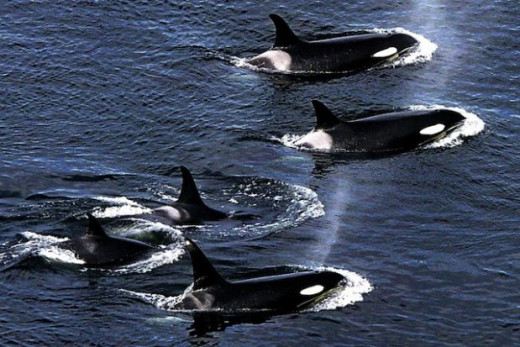
Killer Whale Documentary
© 2014 L. Sarhan
